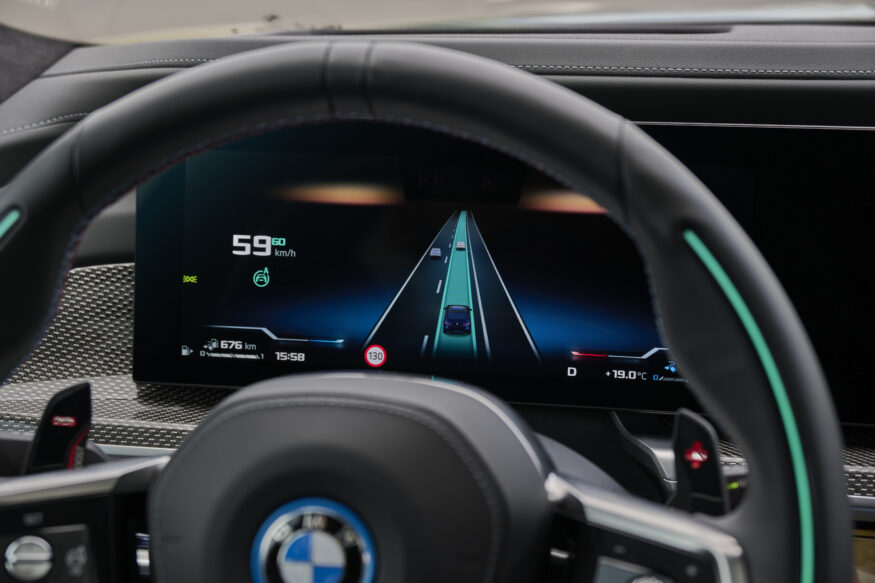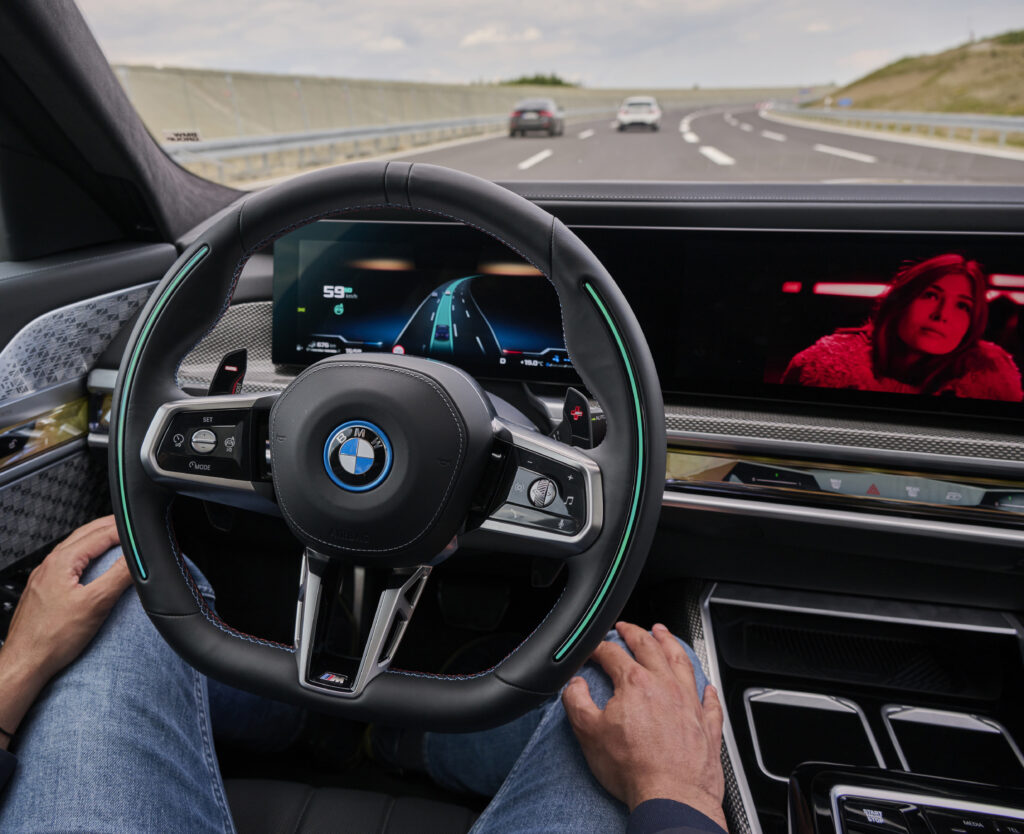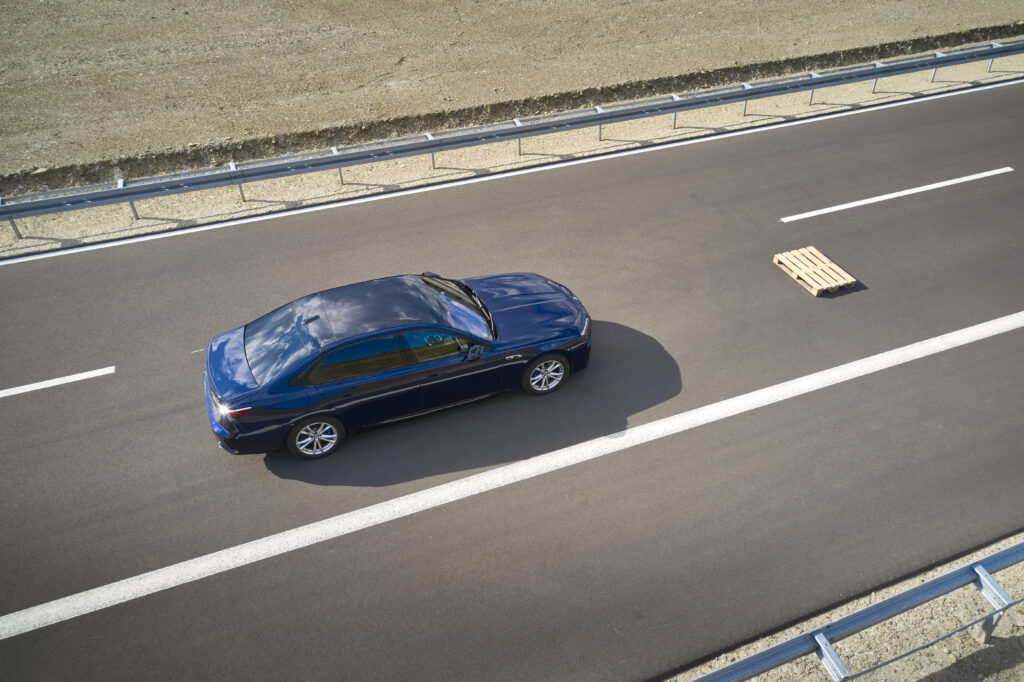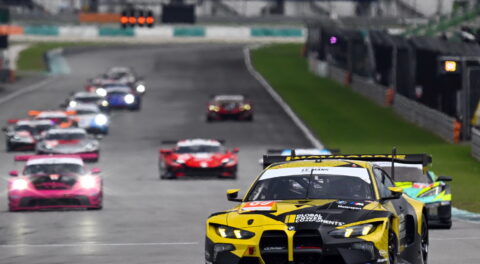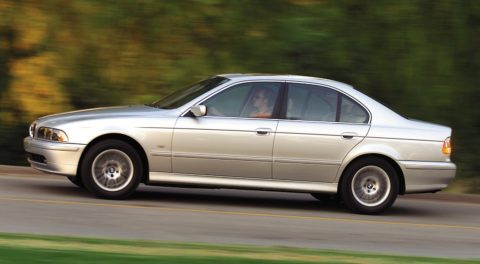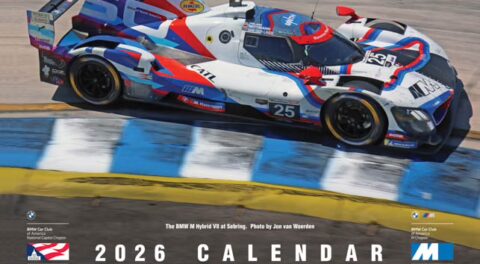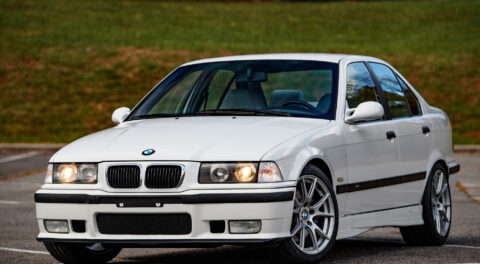When I was a kid, the “future” made many promises, which I took quite seriously. Food pills, jet packs, flying and self-driving cars, and automatons to take care of all your chores. While I’m still a bit sore about the whole jet-pack thing and would often like to pop a pill for all my nutritional needs, the advent of self-driving cars now eclipses my managed excitement over robot vacuums.
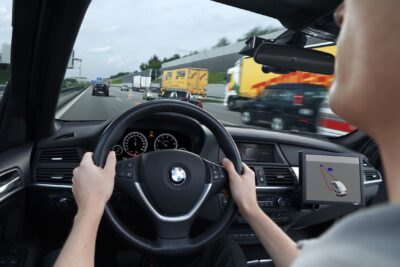
BMW has continually developed increasingly sophisticated driver assistance systems for decades. BMW Photo.
We’ve had various types of “automatic” controls for vehicles for a while, with the first version of “set your speed” cruise control showing up in the early 1900s. Modern vehicles have started venturing into versions of advanced and autonomous driving assistance that may finally live up to the forecast my eight-year-old self took as a solemn oath.
“Autonomous driving” comes in a variety of flavors already, including parking assistance, driving assistance, lane awareness, and a dozen other descriptions, names, and trademarks across various automakers. But they all started at Level 0, where humans did it all. Then, in the 1900s, a single function was automated by selecting a speed governor in the middle of the camshaft on your 1901 Wilson-Pilcher car to set the velocity. That was Level 1.
And we were stuck there for a while.
Then an annoyed, blind mechanical engineer invented “modern” cruise control in the 1940s because he was irritated by riding with a driver who couldn’t drive reliably at one speed, causing the car to jerk in response.
While any driver since the 1940s has likely used a version of Ralph Teetor’s “Speedostat” to set their speed on long drives, cruise control has evolved to include more “senses” that give the system an awareness of the car and it’s environment instead of just adjusting the throttle based on the speedometer. Lidar, radar, sonar, and cameras have been utilized to help the driving assistance system better “see” where it is in relation to other cars, objects, traffic signals, street lines, and more. With the addition of GPS, the car is even aware of “where” it is on the planet.
Each of these additions and integrations have taken all the baby steps to bring us to the starting blocks of the newest race toward fully autonomous driving systems. Tesla, BMW, and others are pushing forward quickly—and hopefully carefully—to let us make distracted driving less of a hazard and more of a luxury perk. A perk without the need for an actual chauffeur.
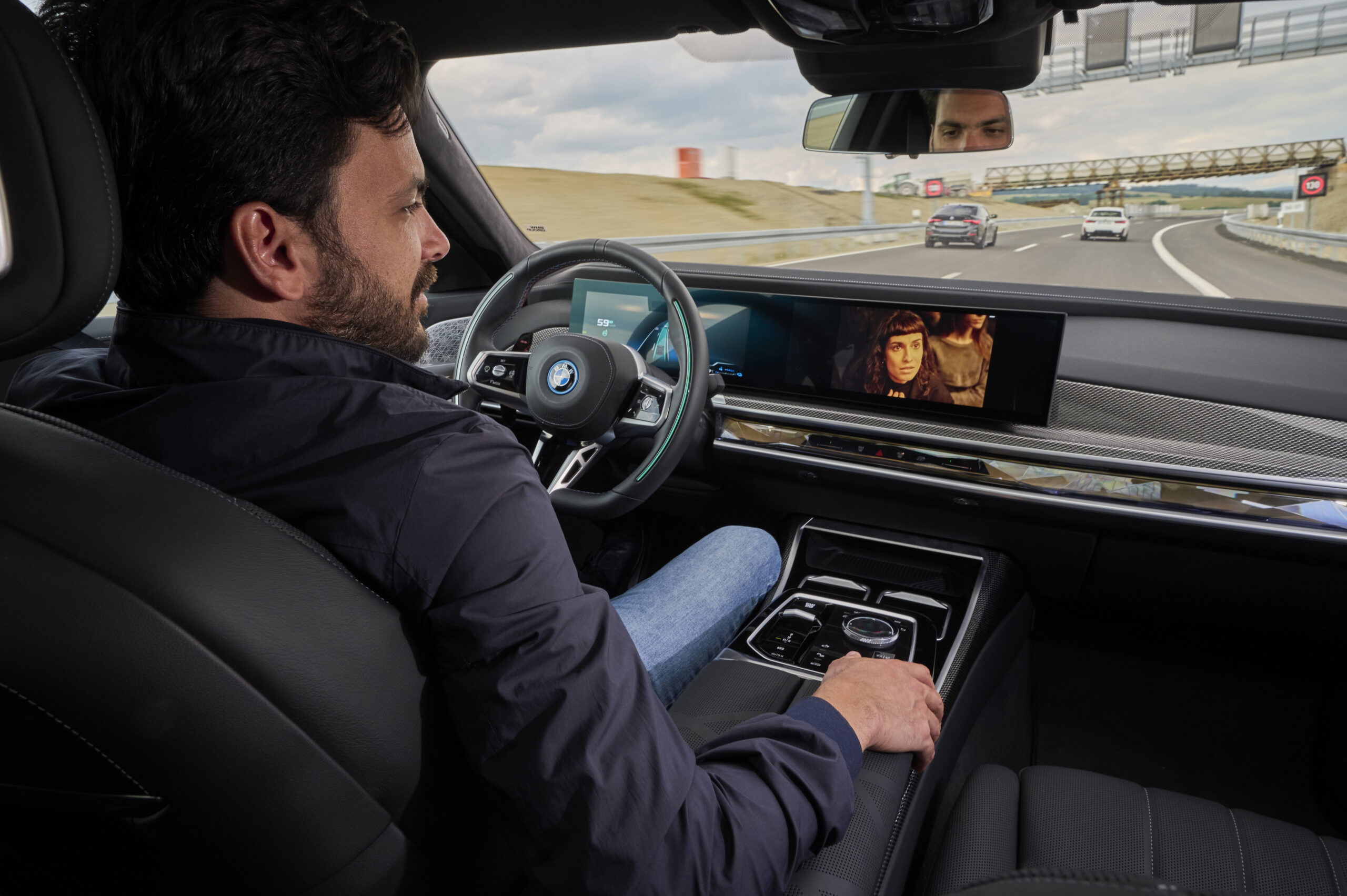
BMW 7 Series drivers with the BMW Personal Pilot L3 (available exclusively in Germany currently) will be a bit safer while distracted.
The 2016 white paper published by the The Intelligent Transportations Systems Joint Program Office (ITS JPO), updated a five-level classification for autonomous vehicle systems, ranging from 0, where the human driver does everything, to 5, where the car can drive itself completely. The eight-year-old paper espouses the potential benefits of autonomous systems, focusing on safety, reduced costs, and improving productivity.
In 2021, the Society of Automotive Engineers (SAE) updated those levels of driving automation to six, which the U.S. Department of Transportation and National Highway Traffic Safety Administration (NHTSA) have formally adopted. It separates the six levels into two sections: 1) The human monitors the driving environment, and 2) the automated system monitors the driving environment.
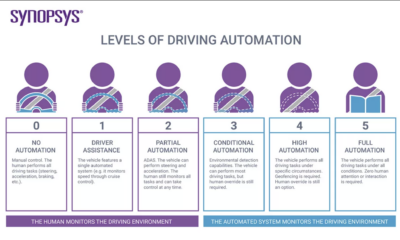
Six levels of driving automation. Chart courtesy of Synopsys.com
The website synopsys.com created a graphic that summarizes the levels a bit better than SAE’s own version.
We are just now starting to regularly see consumer-available systems that are warranting the first steps into the second section of levels.
This week, BMW announced that they are the first car manufacturer in the world to receive approval for a combination of Level 2 and Level 3 autonomous driving systems for the new BMW 7 Series, with BMW Highway Assistant and BMW Personal Pilot L3 being available together. Currently, the L3 system will only be available in Germany.
According to the press release, BMW Highway Assistant qualifies as a Level 2 system, meaning it falls into the “partial automation” system that we’ve seen in Ultimate Driving Machines for a few years now. It’s a sophisticated leap past regular cruise-control, where you can take your hands off the wheel and be largely assured the car will stay on the road, in its lane, and at the proper speed. If you’re particularly bold, you can even utilize the system’s Active Lane Change Assistant, and let the car suggest and even switch lanes as traffic permits once the driver confirms permission by “simply looking in the exterior mirror to confirm it.” And all of this in a system that can keep track of things while going up to 81 mph.
- Watch streaming videos.
- While approaching a road hazard.
- And have the car stop the video and make you actually drive.
But the real fun starts with Level 3 for driving automation. BMW Personal Pilot lets you be distracted. Completely. The driver literally doesn’t have to keep their eyes on the road. Of course, that’s sssuming you’re in the recommended driving environment, such as a traffic jam or some other activity that won’t exceed 37 mph. “Highly automated systems are capable of completely taking over the driving in specific situations, e.g. in traffic jams on the motorway. This even lets drivers carry out other in-car activities, such as making phone calls, reading, writing messages, working or streaming videos,” the release states. “However, the driver must always be prepared to reassume control within a few seconds when prompted by the car, for example when there are roadworks.”
Most people have heard of Tesla’s Autopilot system. So how does it compare? It’s also a Level 2 driving system, meaning the driver needs to be ready to take over at any time. The much-touted autonomous feature doesn’t yet break into the second section of SAE driving automation levels in the U.S.
A bit less hyped, but likely known to German-car enthusiasts, will be Mercedes-Benz new Drive Pilot, which is classified as a Level 3 system and became the first L3 autonomous driving system available in the U.S. in April 2024. So yes, they did beat BMW to the L3 in the U.S. market. And yes, in certain western states you can get a “fully automated” robo-taxi via Waymo, formerly known as Google’s self-driving car project, but that’s a different market and a very different approach. Plus the cars are loaded with bulky sensors, cameras, LIDAR, and can still be taken over remotely by a human driver at Waymo headquarters.
And we’ve all heard of the mistakes some self-driving vehicles and their human drivers have made. From Waymo taxis oddly clogging up a San Francisco cul de sac to tragic accidents in a self-driving Tesla, the era of autonomous driving has had some setbacks.
But the technology continues to advance and continues to hold promise for easier driving experiences. Much like human drivers, autonomous driving systems will likely never be perfect given the vast array of variables that can impact any drive. And my sci-fi oriented imagination does wonder if they may one day become a bit too aware, leading to a Maximum Overdrive situation. As I age, however, I do look forward to letting my increasingly-self-aware vehicle being able to get me to the restaurant and back without really needing me to take the wheel.
But I’m still pouting about not having that jet pack yet.

